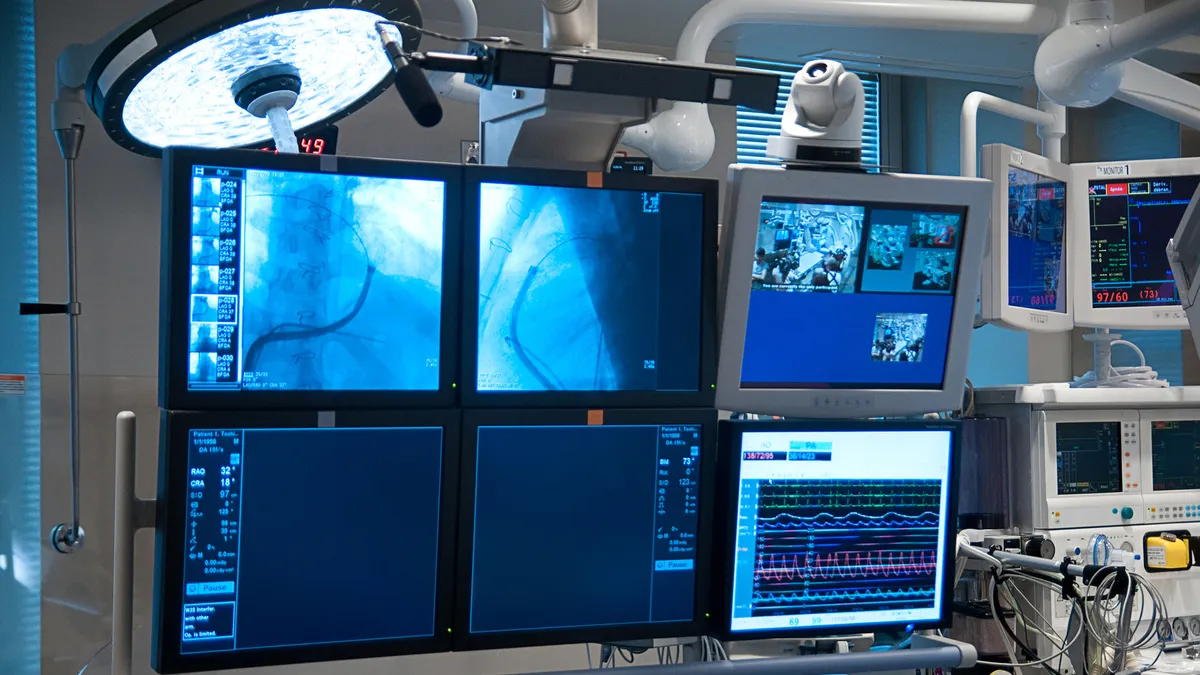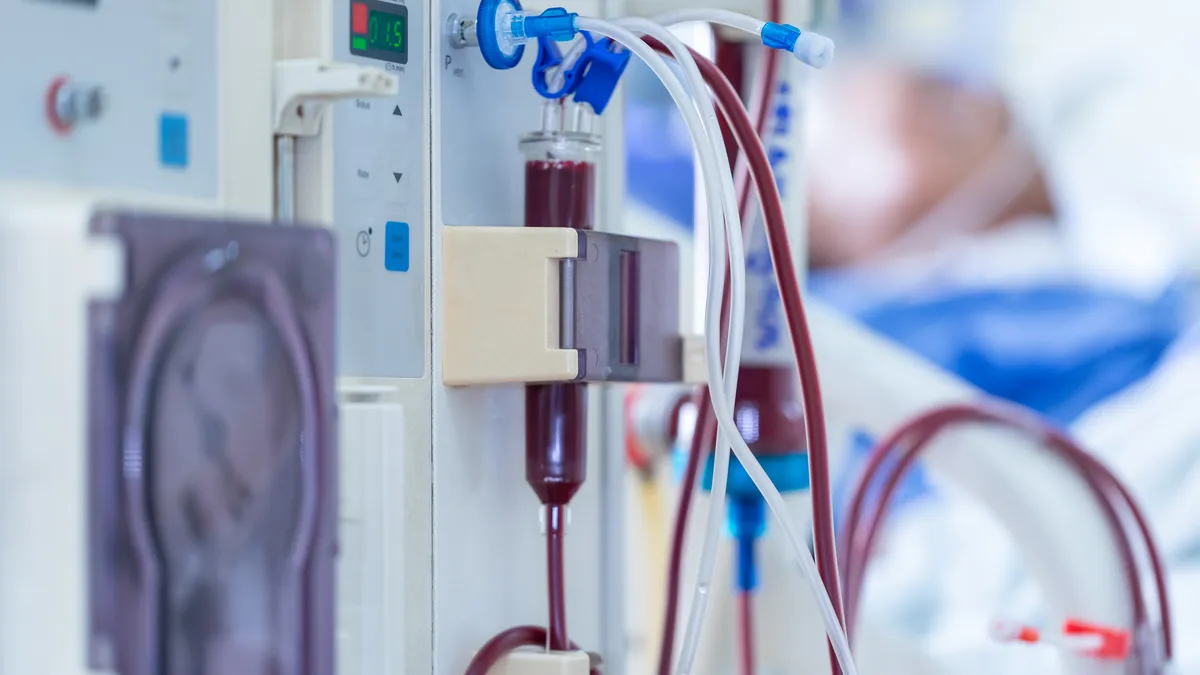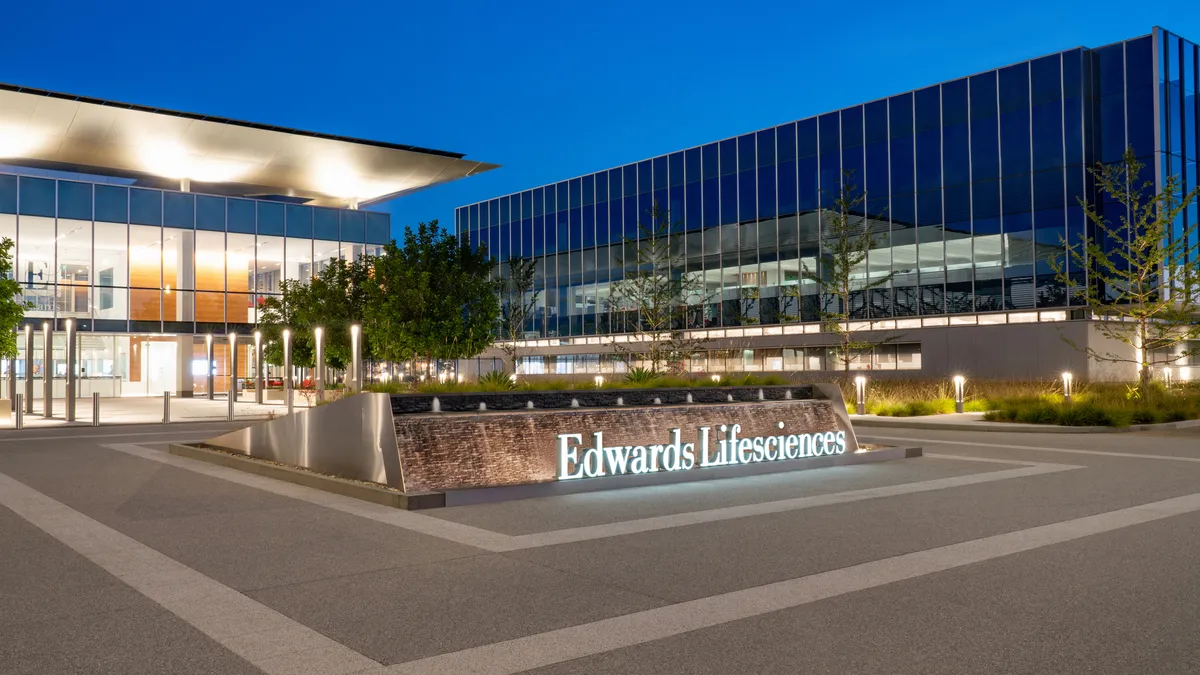Changes are coming to FDA's medical device De Novo classification process and industry said clarity on the process cannot come soon enough.
Included on the Office of Management and Budget's Fall 2018 Unified Agenda are plans for a proposed rule establishing procedures and criteria for bringing novel Class I and Class II devices to market via the pathway. The goal is to bring more transparency and predictability for manufacturers, according to the docket.
When FDA created the De Novo process in 1997 as an alternative pathway for companies seeking Class I or Class II designation for novel products, reaction was lukewarm. Manufacturers first had to submit their candidate as a 510(k) and then wait for FDA to turn it down as substantially equivalent to a predicate device before requesting evaluation for classification under De Novo.
Over the years, Congress has attempted to make the De Novo classification process more efficient and flexible to encourage more device makers to use the option. The Food and Drug Administration Safety and Innovation Act of 2012 (FDASIA) removed the 510(k) prerequisite, allowing manufacturers to petition directly for a risk-based classification into Class I or Class II. The FDA Reauthorization Act of 2017 (FDARA) added user fees for De Novo classification requests, holding the agency to new review time targets.
Steady uptick in De Novo requests
Those efforts have shown some success. In recent years, use of De Novo has grown slowly but steadily — from 18 marketing authorizations in 2015, to 16 in 2016, 31 in 2017 and 36 so far this year. Compare that with just three in 2010.
Recent De Novo authorizations include a next generation sequencing test to detect residual cancer cells in a patient's bone marrow, a first-of-its-kind genetic test to show a patient's ability to metabolize certain medicines and two devices to aid in thyroid surgery.
The new rule is intended to spur even more use of the pathway by implementing amendments to the De Novo classification process enacted by FDAMA, FDASIA and the 21st Century Cures Act.
FDA said the rule is needed to clarify procedures and details about the application process and handling of De Novo applications and ensure it works as efficiently as possible. "FDA expects that the rule would reduce the time and costs associated with preparing and reviewing De Novo requests, and would generate net benefits in the form of cost savings for both private and government sectors," the docket states.
An FDA spokesperson declined to comment on the upcoming proposed rule.
'Increasingly important' route to market
"Strategically, the De Novo process has become increasingly important to industry," said Bradley Merrill Thompson, an attorney with Epstein Becker & Green, noting the increasing array of digital and other innovative devices that don't fit existing classifications. "In the absence of reclassification, these products would be stuck in Class III and subject to the PMA process. For many of them, they are very low risk and the PMA process would be wholly inappropriate."
Still, pursuing a De Novo is no cakewalk. Allyson Mullen, an attorney at Hyman, Phelps & McNamara, said that while some of her clients have had "very good experiences" seeking a De Novo classification, others have experienced frustrating delays. It depends a lot on the CDRH division that is reviewing the De Novo application, she said.
"I think particularly with really low risk devices, it can be challenging both from FDA's perspective and industry's perspective in terms of how much data is needed," Mullen told MedTech Dive. "Especially when you're dealing with a novel device, how do you test it and how much or what type of clinical data are needed?
Need for guidance
FDA has attempted to demystify the De Novo process and make it easier for manufacturers to use. A 2017 final guidance spells out the process for submission and review of De Novo classification requests. It also discusses what happens when two or more De Novo submissions are pending for the same type of device. In such cases, after the first submission is granted, the other sponsors will be notified and have an opportunity to withdraw their De Novo application and refile with a 510(k), establishing substantial equivalence to the initial De Novo grantee.
FDA also released draft guidance on acceptance criteria for De Novo classification requests. The refuse-to-accept checklist, which is required by FDARA, has yet to finalize it.
Separate draft guidance describes FDA's approach to considering uncertainty in making benefit-risk determinations to support premarket decisions for De Novos, as well as PMAs and humanitarian device exemption.
It's clear that FDA and industry want to pursue more De Novos for novel devices, and that the process should be far less burdensome than a PMA. Still, the issue of first filer remains a barrier, Thompson believes.
"The De Novo process requires one company to decide to invest substantial time and money pursuing the De Novo classification, only to have that reclassification benefit all of its competitors," Thompson said via email. "In other words, the first of the kind product has to blaze the trail for all those who want to follow, and those who follow can follow fast."
Mullen agrees. "Especially now with user fees, it puts [second filers] at a financial disadvantage because they've paid $90,000 [for the De Novo] and now have to pay another $10,000 for a 510(k)."


















